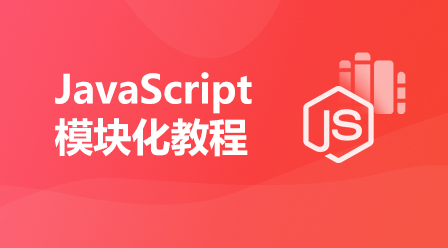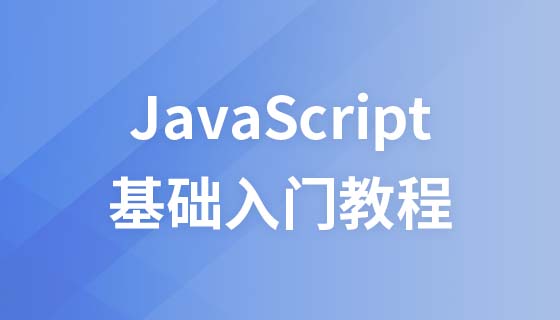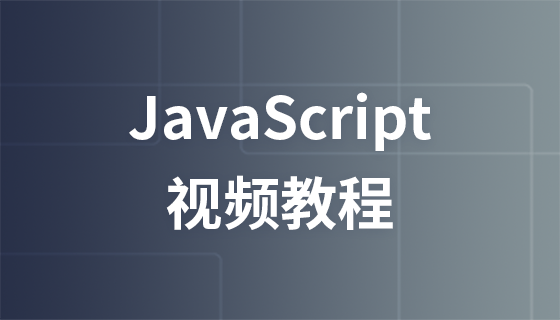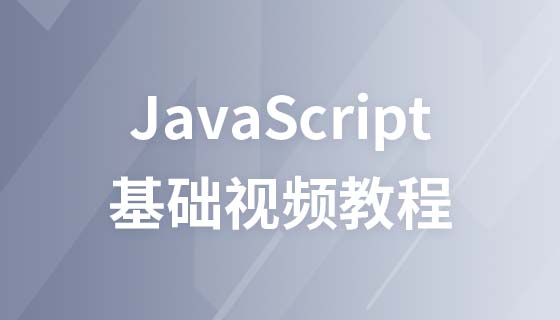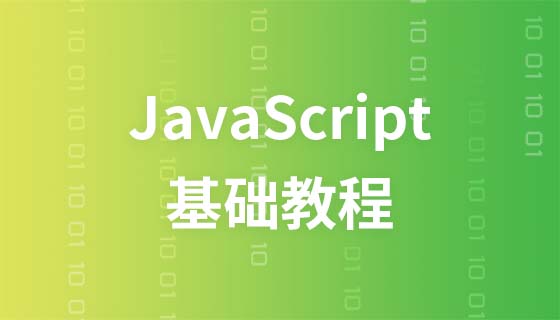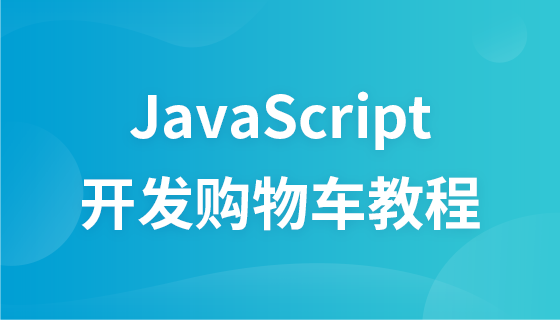JavaScript 文字列オブジェクト
JavaScript String Object
String オブジェクトは、既存の文字ブロックを処理するために使用されます。
length 属性を使用して文字列の長さを計算する方法:
<html> <body> <script type="text/javascript"> var txt="Hello World!" document.write(txt.length) </script> </body> </html>
文字列にスタイルを追加する方法:
<html>
<meta charset="utf-8">
<body>
<script type="text/javascript">
var txt="Hello World!"
document.write("<p>Big: " + txt.big() + "</p>")
document.write("<p>Small: " + txt.small() + "</p>")
document.write("<p>Bold: " + txt.bold() + "</p>")
document.write("<p>Italic: " + txt.italics() + "</p>")
document.write("<p>Blink: " + txt.blink() + " (does not work in IE)</p>")
document.write("<p>Fixed: " + txt.fixed() + "</p>")
document.write("<p>Strike: " + txt.strike() + "</p>")
document.write("<p>Fontcolor: " + txt.fontcolor("Red") + "</p>")
document.write("<p>Fontsize: " + txt.fontsize(16) + "</p>")
document.write("<p>Lowercase: " + txt.toLowerCase() + "</p>")
document.write("<p>Uppercase: " + txt.toUpperCase() + "</p>")
document.write("<p>Subscript: " + txt.sub() + "</p>")
document.write("<p>Superscript: " + txt.sup() + "</p>")
</script>
</body>
</html>IndexOf() を使用して文字列内で最初に出現する指定文字を見つける方法:
<html>
<meta charset="utf-8">
<body>
<script type="text/javascript">
var str="Hello world!"
document.write(str.indexOf("Hello") + "<br />")
document.write(str.indexOf("World") + "<br />")
document.write(str.indexOf("world"))
</script>
</body>
</html>方法 match() を使用して文字列内の特定の文字を検索し、見つかった場合はその文字を返します:
<html>
<meta charset="utf-8">
<body>
<script type="text/javascript">
var str="Hello world!"
document.write(str.match("world") + "<br />")
document.write(str.match("World") + "<br />")
document.write(str.match("worlld") + "<br />")
document.write(str.match("world!"))
</script>
</body>
</html>replace() メソッドを使用して文字列内の一部の文字を他の文字に置き換える方法:
<html> <meta charset="utf-8"> <body> <script type="text/javascript"> var str="Visit Microsoft!" document.write(str.replace(/Microsoft/,"PHP中文网")) </script> </body> </html>
Stringオブジェクト
String オブジェクトは、既存の文字ブロックを処理するために使用されます。
例:
次の例では、文字列オブジェクトの length プロパティを使用して文字列の長さを計算します。
var txt="Hello world!"
document.write(txt.length)
上記のコードの出力は次のとおりです:
12
次の例では、文字列オブジェクトの toUpperCase() メソッドを使用して、文字列を大文字に変換します:
var txt="Hello world!"
document.write(txt.toUpperCase())
上記のコードの出力は次のとおりです:
HELLO WORLD!
文字列はStrong>split() 関数 配列に変換:
<!DOCTYPE html>
<html>
<head>
<meta charset="utf-8">
<title>php中文网(php.cn)</title>
</head>
<body>
<p id="demo">单击按钮显示数组。</p>
<button onclick="myFunction()">点我</button>
<script>
function myFunction(){
var str="a,b,c,d,e,f";
var n=str.split(",");
document.getElementById("demo").innerHTML=n[0];
}
</script>
</body>
</html>特殊文字
Javascript では、バックスラッシュ () を使用して、アポストロフィ、引用符、その他の特殊記号などの特殊記号を挿入できます。
次の JavaScript コードを表示します:
var txt="私たちは北から来た、いわゆる「ヴァイキング」です。";
document.write(txt);
JavaScript では、文字列は単一引用符を使用して開始および終了します。または二重引用符。これは、上記の文字列が次のように切り分けられることを意味します: We are the so-called
上記の問題を解決するには、バックスラッシュを使用して引用符をエスケープできます:
var txt="We are the so-known "Vikings" from the North.";
document.write(txt);
JavaScript は正しいテキスト文字列を出力します: 私たちは北のいわゆる「ヴァイキング」です。
次の表は、使用できるその他の特殊文字のリストです。特殊文字のエスケープ:
コード 出力
' 一重引用符
" 二重引用符
\ スラッシュバー
n 改行
r Enter
t タブ
b スペース
f ページ変更
文字列のプロパティとメソッド
Property:
length
prototype
constructor
Method:
charAt()
charCodeAt( )
concat()
fromCharCode()
indexOf()
lastIndexOf()
match()
replace()
search()
slice()
split()
substr()
substring()
toLowerCase()
toUpperCase()
valueOf()



